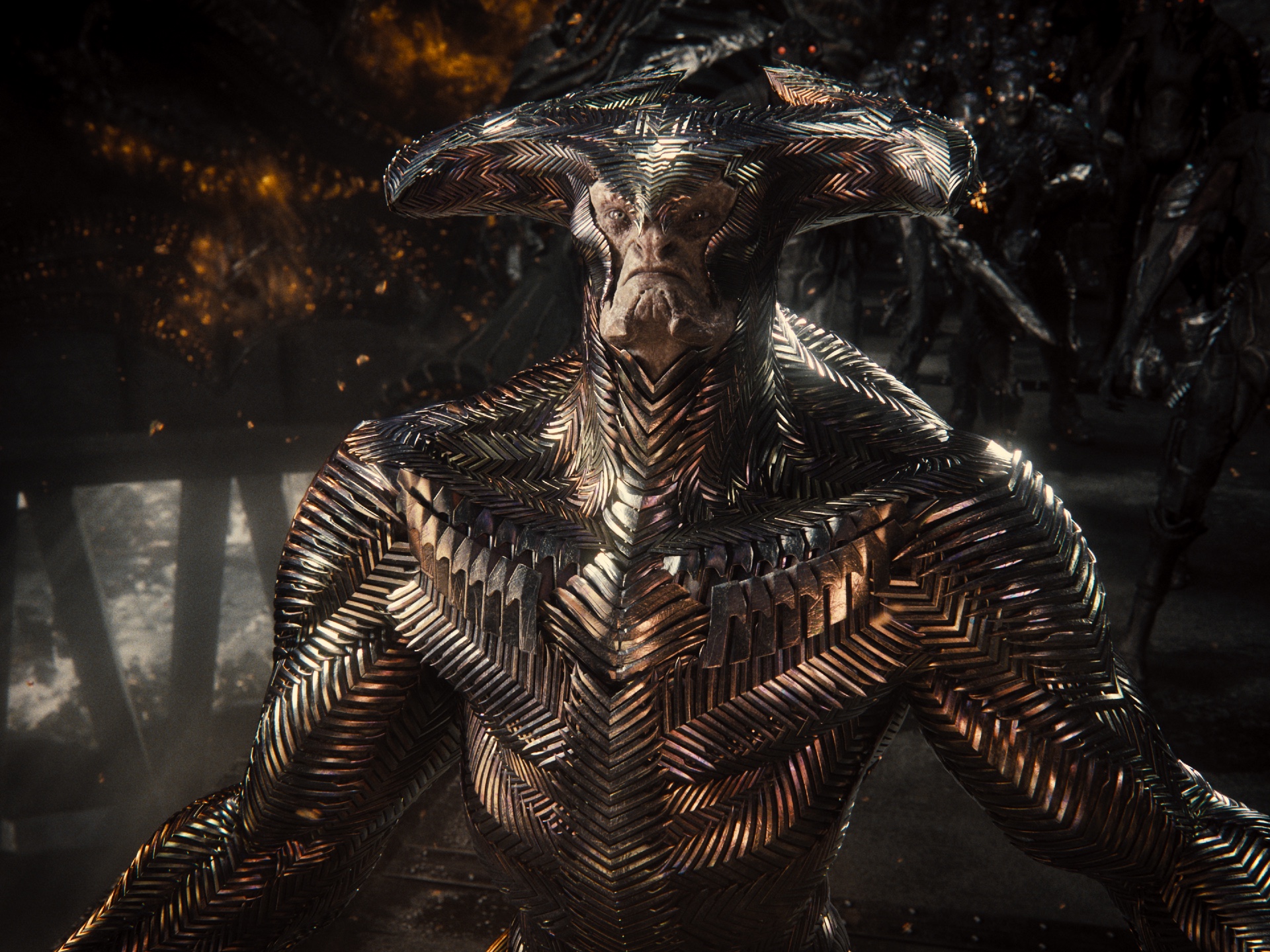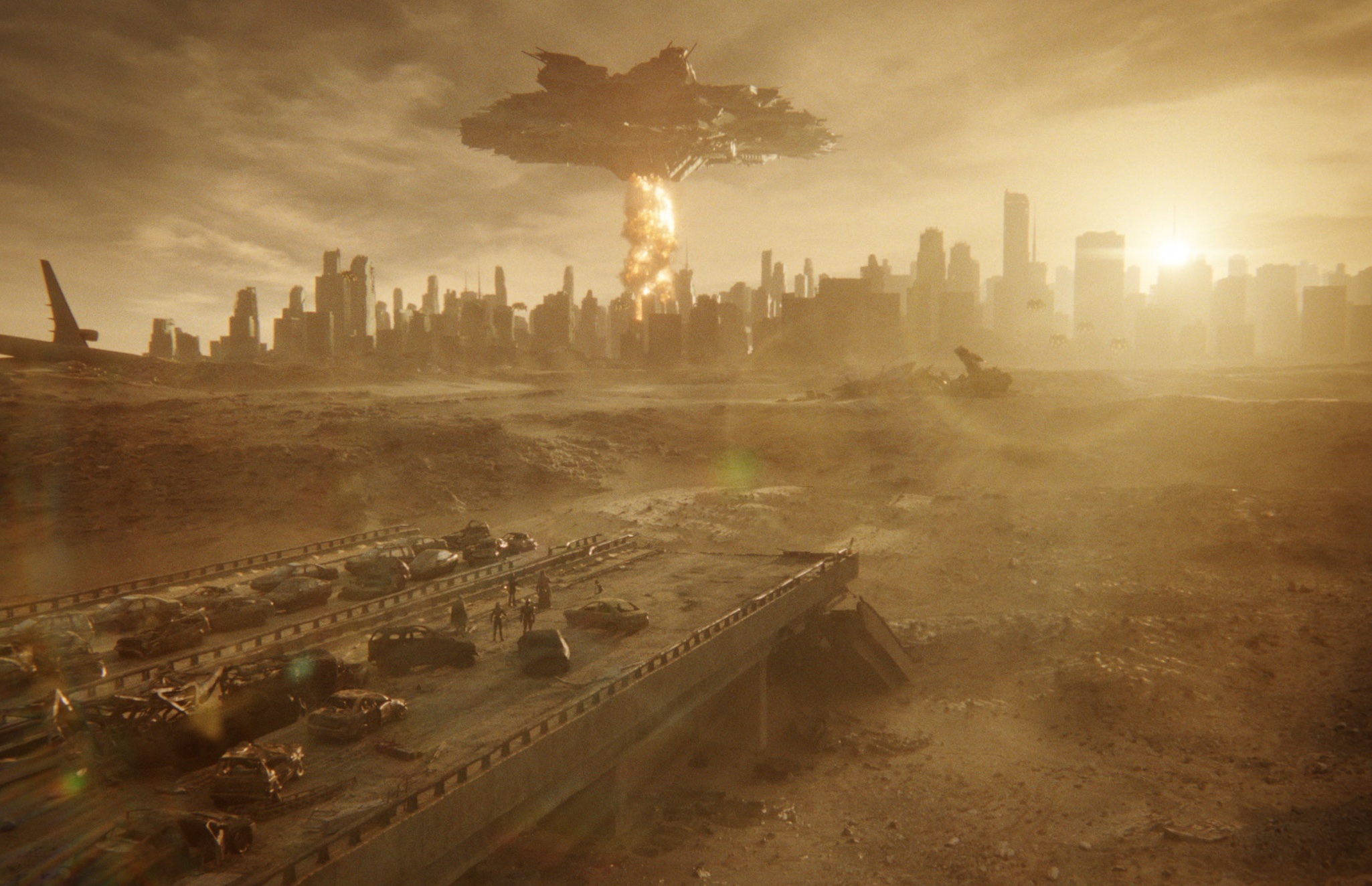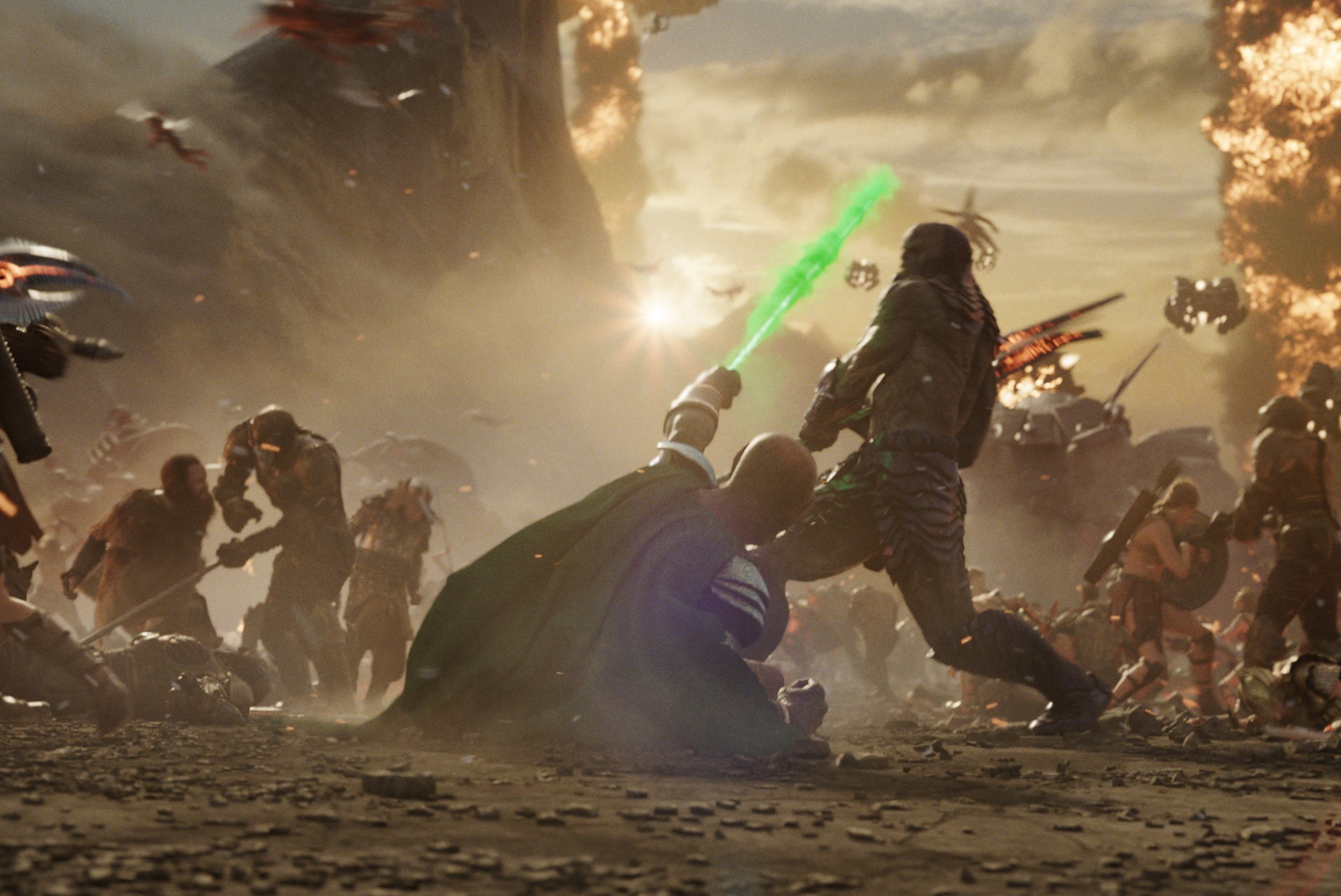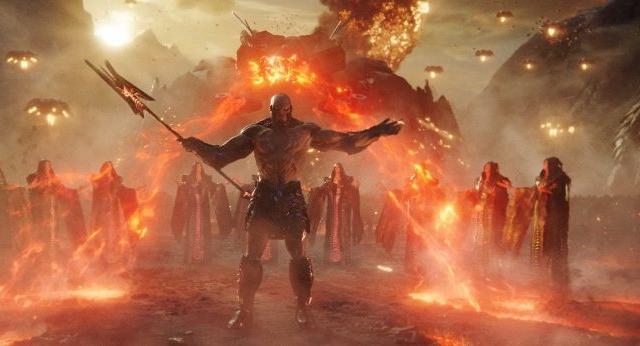Zack Snyder’s Justice League is fascinating on almost every level. The history, the controversy, the fans, the result. Without exaggeration, that it exists is a landmark in film history. One of the aspects that gets a little lost in that fascinating narrative, though, is the actual nuts and bolts of making it.
It’s one thing that Snyder and his crew had a film that was first shot in 2016, then reshot by another filmmaker, released, ostensibly put to bed, then resurrected years later. That’s just the beginning. Think about how much digital effects improve in five years. How fast computer technology evolves. Imagine going into a drawer and dusting off an old iPod you want to use. It’s difficult enough to find it buried amongst your things, let alone to make sure it’s still compatible with new versions of the software, that storage is sufficient, etc.
[referenced id=”1679753″ url=”https://gizmodo.com.au/2021/03/zack-snyders-grand-embellishments-make-justice-league-a-better-stranger-thing/” thumb=”https://gizmodo.com.au/wp-content/uploads/2021/03/16/ybukcel2obustzkjk6by-e1615845048565-300×151.png” title=”Zack Snyder’s Grand Embellishments Make Justice League a Better, Stranger Thing” excerpt=”For years, fans of director Zack Snyder have wondered, often to the point of questionable fervour, what could’ve happened in an alternate world where he got to finish 2017’s Justice League. Four years and tens of millions of dollars later, Warner Bros. has opened a Pandora’s box to place us…”]
Issues like that, but exponentially more complex, are what faced the team at Weta Digital when they got the call that they’d be one of the VFX houses working on Warner Bros.’s new Justice League. “When you’re talking about bringing back data that’s four years old, it’s almost like archeology,” Weta visual effects supervisor Kevin Smith told Gizmodo. “So you have that data there. None of it works anymore.”
Back in 2016 and 2017, Weta had worked on both Snyder’s version as well as Joss Whedon’s theatrical release of Justice League. That means they contributed to shots and scenes that made the final movie, and many that did not. The ones that did make the movie? Superman’s resurrection, Steppenwolf stealing the Mother Box from Themyscira, and the giant flashback battle between humanity and Steppenwolf. Except that scene, at the time, included DC’s Darkseid, a character who was entirely removed from Whedon’s film but has since made a reemergence in Snyder’s HBO Max release. So when Weta got the call in mid-2020 to pick up work on Justice League, it wasn’t like they could just dive in.

Smith said, “I think Justice League was the last show we lit in our old Maya pipeline and before we went to Katana. So one of the biggest things is the CGI supervisors had to do a lot of scripting to get even to get all these Maya files converted to Katana so that we could even get the lighting back online. Every little piece of the pipeline had changed in that four years.”
“It’s a very long process to bring stuff back online,” Weta visual effects supervisor Anders Langlands added. “And then we have to pick back through and figure out what’s usable, what’s not, what the extra pieces we’re going to need to build, because we might be looking at different parts of the set that we didn’t see before. Which characters that were further in the background and are now much closer will need some extra love and attention to make them stand up to being more featured. So there’s a lot of work involved and just trying to figure out where we stand before we actually get started on things.”
Where they stood was they had one brand new sequence to complete and several older ones which needed to be upgraded and extended. The new one was easy. Weta did all the effects work on the film’s “Knightmare” sequence, the only new scene Zack Snyder shot, which includes Jared Leto’s Joker. The group then redid all of Steppenwolf’s design throughout the film and extended and added massive elements to the early Themyscira sequence, in addition to the expanded flashback battle which was now longer, had more heroes, and now featured Darkseid. “I think about half the shots were new and half were revisiting old shots in some way,” Langlands said. “So it’s kind of like two shows in one.”

When it came to Steppenwolf and Darkseid, the designs were basically just what Weta was using back in 2017 — it was just a matter of finding, and completing the work. Things went beyond that in other facets though. Like, for example, the appearance of a Green Lantern in the flashback.
Note: The following section has minor spoilers for Zack Snyder’s Justice League. Please skip to the next bolded text if you want to remain spoiler-free.

“Obviously we saw the Green Lantern die in the 2017 [film] but it was like one, two shots and he’s out. That was quite simple and passed over quite quickly,” Weta animation supervisor Simeon Duncomb told Gizmodo. “But the fact that we got to revisit it and make it a bit more of a moment that led into the original Defenders taking down Darkseid almost in retaliation to Green Lantern’s death it was like, ‘All right, let’s make this a bigger moment.’ And also taking into account that we didn’t have to consider rating, ‘Let’s make this a bigger, more violent moment’ as well.”
So yes, you’ll get more of the Green Lantern in Snyder’s Justice League. More gore. You’ll even get even a little, improvisational addition. While working on the sequence, Langlands pitched Snyder on something fun they could do.

“[It was] Anders’ idea to get Darkseid to reach out to the [Green Lantern] ring,” Duncomb said. “That was was just something we came up with internally and pitched to Zack and D.J. [VFX Supervisor John Des Jardin]. We said ‘Wouldn’t it be cool if Darkseid could have potentially grabbed the ring?’ And so they really dug it so that’s that’s what we see in the final version.”
Note: Spoilers end.
Out of the three Weta employees Gizmodo spoke to, Duncomb was the only who worked on both versions of the film. When asked about the difference in working on the two, he says the first film was a positive experience for him, in large part because he believes Des Jardin, whose job it was to deal with the studio, shielded everyone at Weta from any issues. But he truly feels like Snyder’s Justice League, and Weta’s work on it, has been rewarding in all-new ways.
“It’s not often that you can get the second chance to return to something and try and improve on stuff that you’ve done before and also to expand upon that,” Duncomb said. “Seeing all those shots that were previously omitted that we’d already spent time on and now were coming back, was really rewarding, particularly for the animators that did them. Their work finally gets to see the light of day now, which is really encouraging. But you could tell that there was a lot of positive enthusiasm for this film because you knew Zack was excited to make this version of the film. You knew D.J. was excited to make this version of the film. That was really motivating, and that’s what sort of helped drive us through this really tight schedule. Knowing that it was a big fan service film as well. Knowing that there’s this huge level of anticipation for it, is a huge motivator for everyone involved.”
Zack Snyder’s Justice League is now on Binge.
